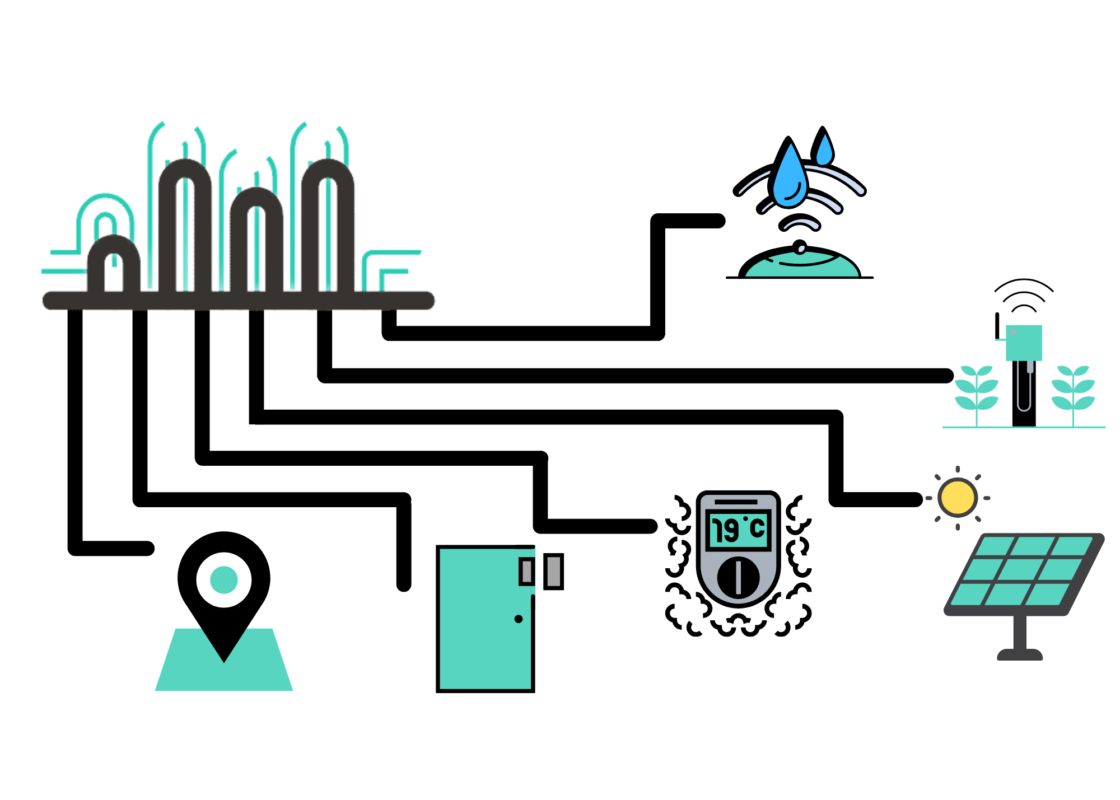Learning Outcomes
- Learn about the importance of LoRaWAN in environmental conservation and sustainability efforts

IoT systems are being increasingly utilized in environmental conservation efforts to monitor and manage various aspects of the natural world. These systems typically involve a network of connected sensors and devices that collect data on environmental factors such as air quality, temperature, humidity, water quality, and soil conditions. This data is then transmitted to a central server or cloud-based platform where it can be analyzed in real-time.
One major advantage of IoT systems is that they can provide continuous, high-resolution monitoring of environmental conditions, allowing for more accurate and detailed assessments of ecosystem health. This information can be used to detect changes or trends in environmental conditions that may signal potential threats to natural habitats, such as pollution, climate change, or invasive species. With this knowledge, conservationists can take proactive measures to address these issues before they become more severe.
By promoting sustainability through better resource management and reduced waste, IoT and LoRaWAN can help reduce our impact on the environment and promote a more sustainable future. It is important to remember that although both sustainability and environmental conservation are important for ensuring a better future for all, they approach the goal from different angles. Sustainability is a broader concept that encompasses economic, social, and environmental considerations, while environmental conservation is a specific aspect of sustainability that focuses on protecting natural resources and ecosystems.
